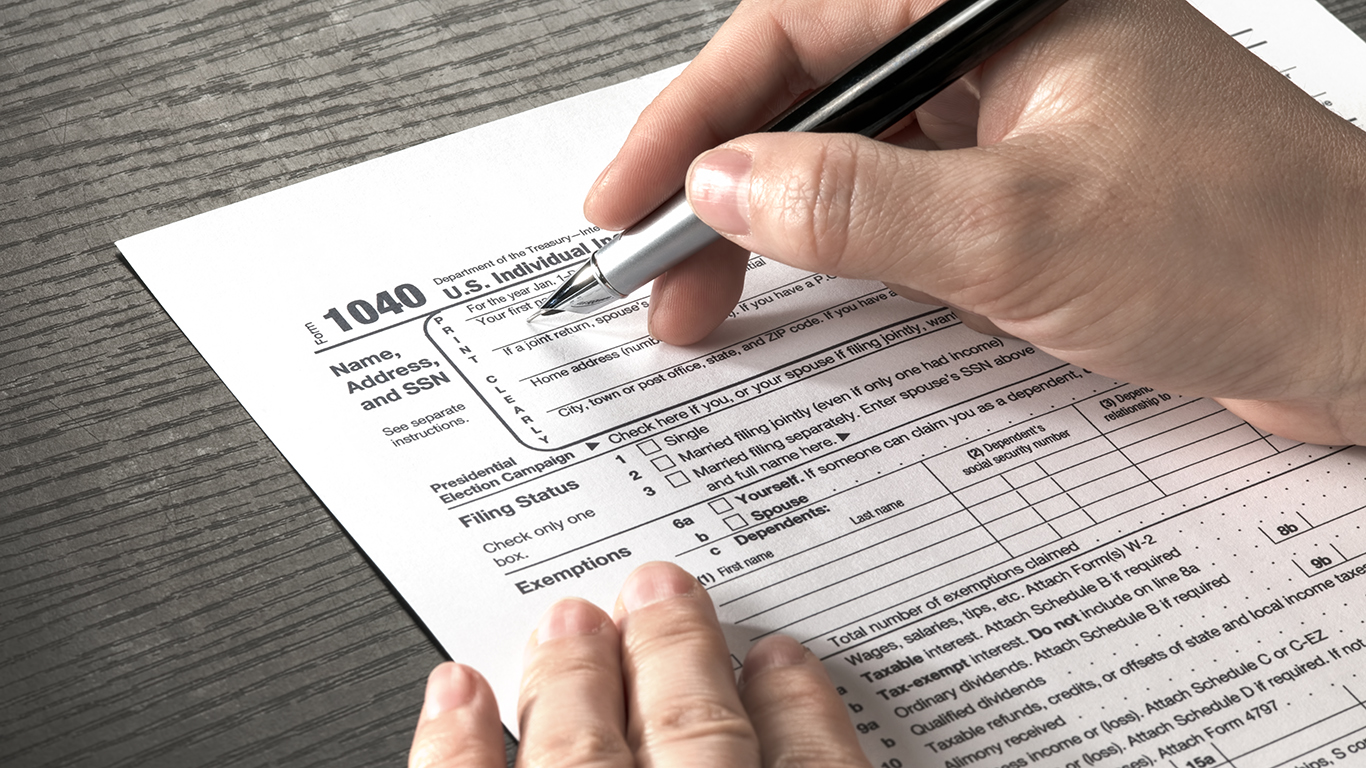
Many changes to the federal tax breaks during the COVID-19 pandemic helped families meet their financial needs. With the COVID-19 pandemic less severe now, the IRS has ended many coronavirus tax credits. Most of the credits are now dropping back to 2019 levels, meaning taxpayers will get a lower refund this year. It is important for taxpayers to understand the new tax credit amounts so that they can prepare for the upcoming tax season.
Changes To Coronavirus Tax Credits
In 2021, many families would have received a child tax credit of $3,600 per dependent child under five years old and $3,000 per dependent child between the ages of six and 17. Now with the end of coronavirus tax credits, families will only receive a credit of $2,000 per child. Moreover, the age limit to be eligible for the child tax credit also returns to 16 years for the 2022 tax year.
It must be noted that no new Advanced Child Tax Credit was distributed during 2022. Thus, taxpayers with children under 17 would be able to claim more in credit with their 2022 income tax return than in 2021.
The Earned Income Tax Credit (EITC) is also returning to the pre-COVID-19 level. Eligible taxpayers with no children would have received an enhanced EITC of $1,500 in 2021. The credit amount now drops back to $500 for 2022.
Similarly, the Child and Dependent Care Credit drops to $2,100 for 2022, from $8,000 in 2021.
Apart from changes to coronavirus tax credits, the IRS has made other changes for the 2022 tax season as well, including above-the-line charitable deductions, which were $300 per single taxpayer or $600 per joint return. Taxpayers will need to itemize to claim these deductions for 2022.
In 2022, the deadline for all federal tax returns and payments is April 18, 2023. This means taxpayers are getting a few extra days this year to file a return.
Why Will There Be Smaller Refunds This Year?
Changes to all these coronavirus tax credits mean the average refund this year will be lower than last year. The absence of COVID-19 related federal stimulus checks in 2022 is also a major reason for smaller tax refunds this year.
Although most taxpayers received these credits and stimulus checks automatically, many who didn’t receive them, claimed these at the time of filing their tax return last year. Since there are no such credits or stimulus checks to be claimed this year, the refund amount is likely to be smaller.
According to the IRS, the average refund was about $3,200 last year, up from about $2,800 in 2021. Tax experts are of the opinion that the refund amounts this year could shrink by a few hundred to a few thousand dollars depending on a taxpayer’s situation, something similar to the refunds seen in 2019 or 2020.
This article originally appeared on ValueWalk
Thank you for reading! Have some feedback for us?
Contact the 24/7 Wall St. editorial team.


